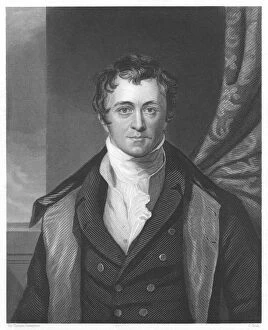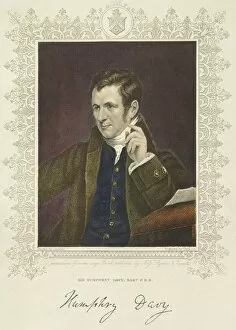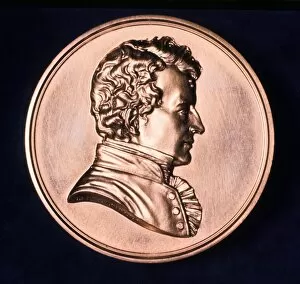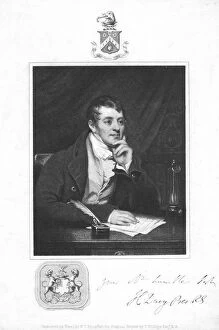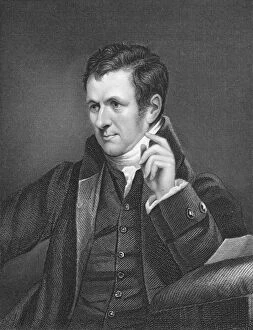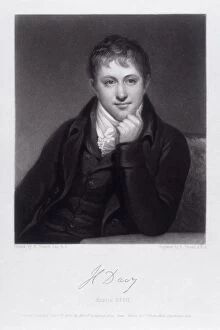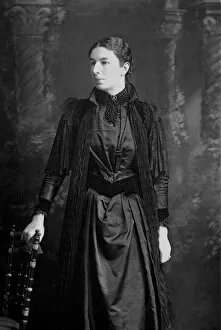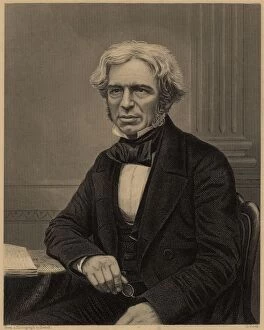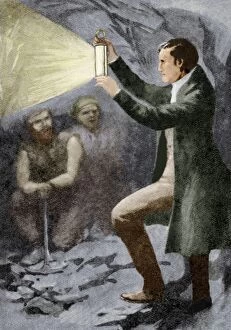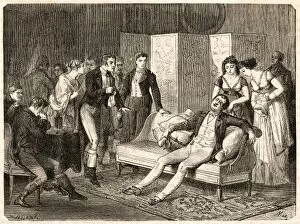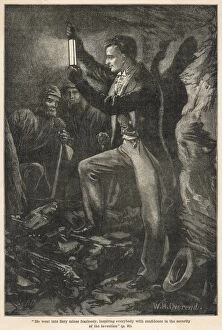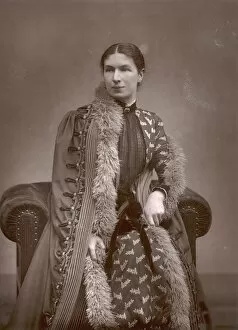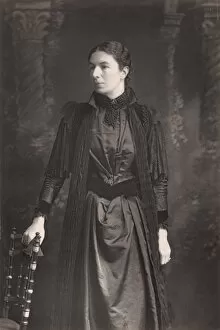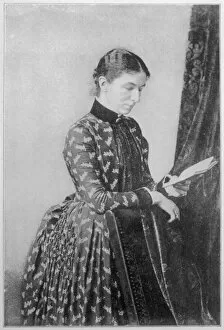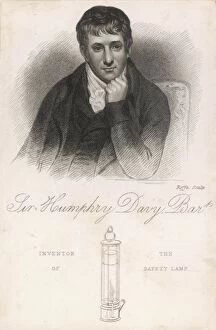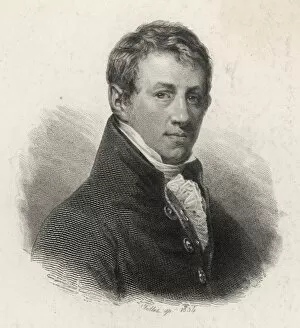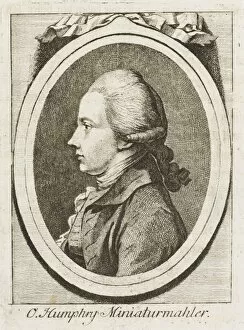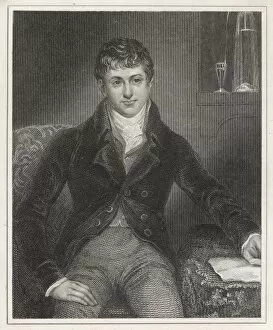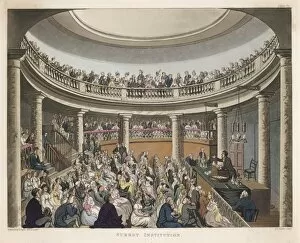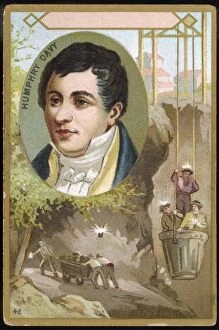Humphry Collection (page 3)
"Humphry: A Journey through Science, Satire, and Society" Step into the world Davy
For sale as Licensed Images
Choose your image, Select your licence and Download the media
"Humphry: A Journey through Science, Satire, and Society" Step into the world Davy, a renowned scientist and inventor who left an indelible mark on England's scientific landscape. Born in Penzance in the 1950s, Davy's brilliance shone brightly even from a young age. His insatiable curiosity led him to delve deep into the realms of science. As we stroll down Market Jew Street in Penzance today, we encounter a magnificent statue honoring Davy's contributions to humanity. It stands tall as a testament to his groundbreaking discoveries and inventions that revolutionized the scientific community. Davy's influence extended far beyond his laboratory walls; he was admired by literary giants like Jane Austen herself. In fact, it is said that she drew inspiration from his work when crafting her timeless novels back in 1789. In one scene from Richard Steele's play "The Tender Husband, " depicted in an exquisite engraving, we witness how satire intertwines with science. Gillray masterfully captures this moment where humor meets intellect, showcasing Davy's ability to navigate both worlds effortlessly. Venturing further along our journey brings us to Siccar Point—a junction where prim and secondary sandstone meet harmoniously. This geological marvel captivated Sir Humphry Davy as he marveled at nature's intricate design while exploring its depths. Our next stop takes us to The Royal Observatory or Flamsteed House nestled within Greenwich Park—an iconic landmark synonymous with astronomical exploration. Here lies yet another facet of Davy’s legacy—his unwavering dedication towards unraveling the mysteries of the cosmos. Accompanied by Repton surveying with a Theodolite in vibrant colors on litho paper, we catch glimpses of Davy immersing himself not only in scientific pursuits but also embracing artistry intertwined within them. One cannot discuss Humphry without acknowledging his pioneering invention—the safety lamp.

